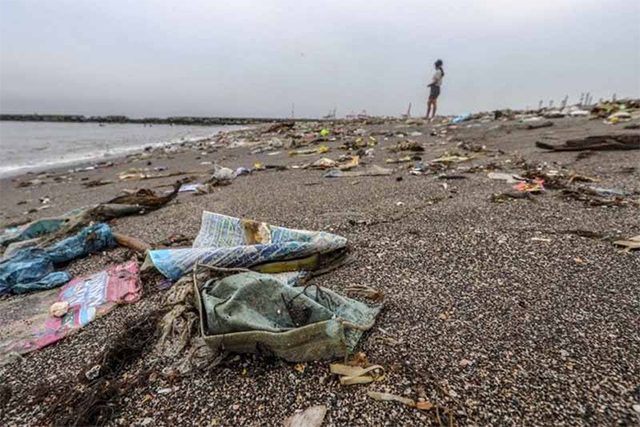Some coastal communities in the country are calling for financial and livelihood support amid the onslaught of past typhoons that hit the Philippines and amid the prevailing COVID-19 pandemic.
“Our need for various resources that could help us improve our tenacity over disasters and other challenges has really intensified since the pandemic began,” Mercy Raymundo, a local community leader of Barangay Ipil in the province of Camarines Sur, told the Harvard Humanitarian Initiative (HHI).
Pedro Calumpiano, coastal community leader of Barangay Maslog in Eastern Samar, also shared the same sentiment.
“Our pre-pandemic needs remain the same, and we need them much more now because the pandemic has affected people’s sources of income,” Calumpiano said to HHI.
In a study conducted by the academic and research center HHI, financial and livelihood support, access to essential services, training and disaster response equipment, better infrastructure and facilities, and policy and access to information are some of the long-term needs of coastal communities in the Philippines.
Financial and livelihood support
As the effects of climate change intensify, the fish supply dwindles, prompting fisherfolks to spend more hours farther on the sea to obtain enough catch.
Strong typhoons and extreme weather conditions made it harder for fishers to go on a sail, leaving families without income during disasters.
Given this condition, communities near the coast stressed their need for financial and livelihood support.
“With the temperamental sea [bigger waves] and dwindling fish catch, many are pushed to look for alternative livelihoods. However, the lockdown restrictions implemented periodically due to the rising COVID-19 cases in our province make it tough to do so,” Calumpiano said.
Infrastructure and facilities
The study further revealed that it is not just the livelihood of coastal communities affected by climate change, as harsh storms threaten the integrity of infrastructures near the coastlines.
Accessible community health facilities, higher dikes, stronger sea walls, evacuation centers, toilets, water pumping facilities, and garbage recycling facilities are some of the things that coastal communities need, based on the Harvard study.
Accessibility of basic services
The country was frequently exposed to extreme weather conditions. The study revealed that the inaccessibility of essential services made it difficult for residents near the coast to recover, even for those situated in urban areas.
One of those communities is Sitio Aplaya in Baseco Compound in Metro Manila.
The study revealed that residents need stable access to electricity, potable water, food, and medical assistance.
A separate HHI survey in 2017 showed that if people were to be given enough funds, most Filipinos would choose to store necessary supplies to be prepared for disasters.
Training and disaster response equipment
Participants of the study conducted by Harvard also stressed the lack of disaster response equipment among their communities.
The study also noted the need for these communities to undergo the necessary training.
According to a 2017 study by HHI, only two out of ten Filipinos have participated in disaster preparedness and response training.
Better policy and accessible information
Improper water disposal, water shortage, saltwater intrusion, lack of alternative livelihoods, and illegal fishing are some of the other problems of the coastal communities, which the Harvard study has noted.
To address these issues, the study recommended improving policies and disaster information to improve the resilience of communities.
The residents also stressed the importance of collaboration between residents and local government in protecting the people and the environment from climate change.
Furthermore, HHI recommends developing community organizing, zoning plans, structures for marine protected areas, and holistic tourism plans among these areas.
The HHI case study titled “Experiences of Coastal Communities in Climate Change and Disasters” was conducted in early 2020. It seeks to identify the unaddressed needs of seaside communities to improve their preparedness, coping, and recovery from natural disasters.










